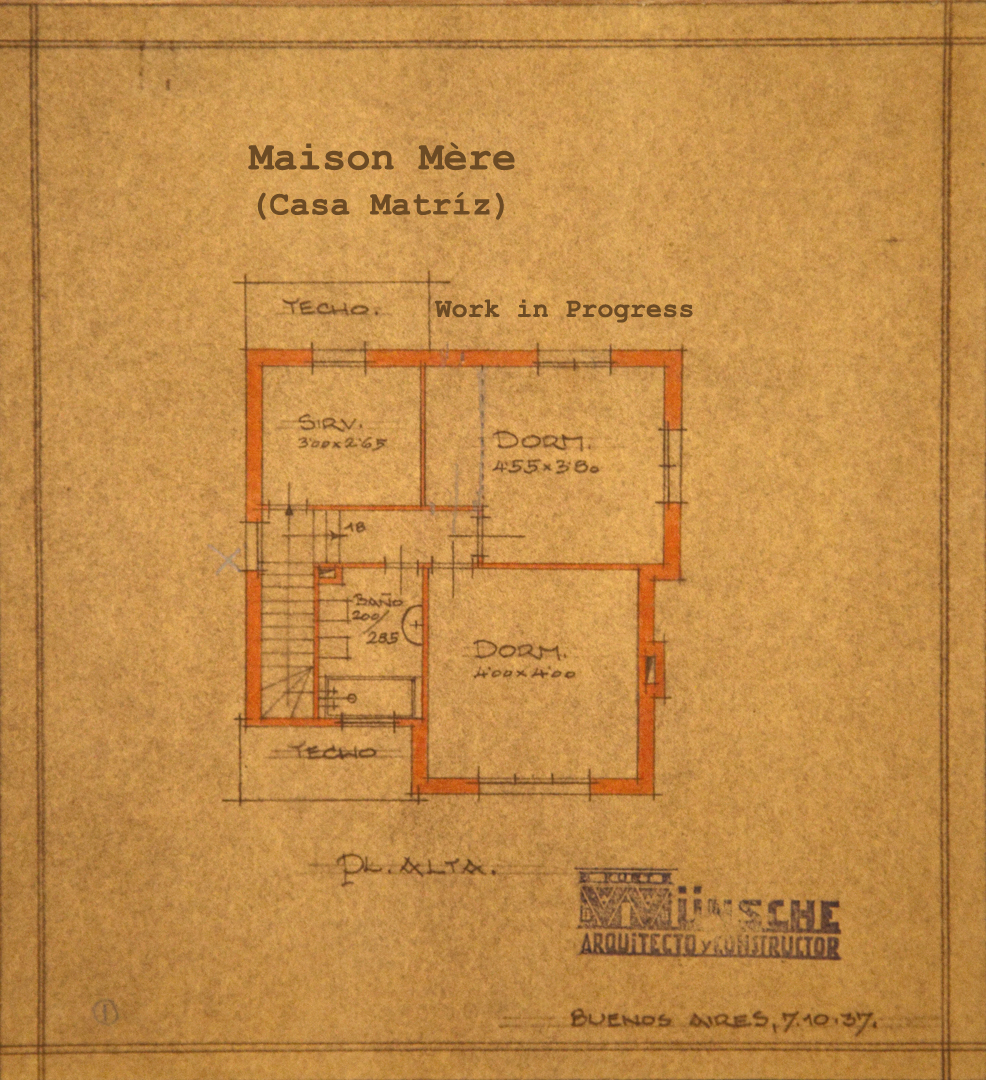I could not see the body of my mother after she passed away somewhere in Washington D.C. My brothers and I found out that she had lived there for the past twenty-five years, but none of us knew it until that day of her death. As much as her life has been a personal novel, full of fantasy and fiction, I felt forced to create my very own fantasies about her disappearance. By chance, I got into weekend sales and auctions, where I learned about the family stories involved, and began to understand that what was happening here was far more than a purely commercial act. I understood that the families in grief were mourning not only their loved one, but also the spaces where they had lived together.
Click to enlarge the image
Over two years, I joined these events and made their grief mine. In the beginning, I just took photos of the almost monastic homes, where the departed had lived, but later I slipped into their personalities and began playing their roles – wearing their clothes, interacting with their spaces. The camera, static, life moving ahead.
Mother is not there anymore. The “mother house! Stands there, the maison mère, and her heirs, responsible for emptying it, recovering objects, preserving the memory, passing family legacies.
Maison mère is that: life after death, the following stage, what it remains when we are no longer there, when we are gone.
For 25 years, no one in the family knew where she lived until the day the telephone rang, December 27, 2007. It was my sister on the phone, saying our mother had died. My question was, where am I flying? Washington D.C., she said.
We had five days to handle death’s paperwork. Five days to bury her, to see the house where she lived, to empty it of her things. Five days in which I got to know her through her objects, her personal belongings. Five days of trying to capture what had happened there. To make sure I got it right, I took photographs, almost by instinct.
This work arose from my need to get out of that room where my mother met her death. This involved using images to construct a landscape where time doesn’t exist. I started by retaking some of those photographs in her house, and then combined them with new photographs that allowed me to create a sort of timeless portal. A doorway onto the present to recover the past and allow that time to become now.
I tracked her bloodstains along the floor, the last marks she left in the world, following their path all the way back to me to discover the invisible thread that bound us together in spite of the distance. Then I cut the umbilical cord so that each of us could leave that room, that room where time had stopped, so I could continue my path in the present. This work offers a visual account of this process.
Click to enlarge the image
Partículas elementales es una serie de doce fotos en las cuales desde un lugar intimista y abstracto muestro una cierta cotidianeidad. Es una invitación a un recorrido por partículas que componen nuestro cotidiano.
Un transito en donde la presencia del individuo se percibe a través de los objetos que se encuentran dentro del espacio de lo cotidiano y no por su presencia.
La estética de esta serie se encuentra en el juego de luces y sombras, un juego equilibrado donde lo que se percibe en las sombras tiene tanto peso como lo que se ve en las luces. Los objetos tienden a aparecer de la sombra, de la profundidad. Donde hay presencia de sombras, existe la profundidad.
Click to enlarge the image

